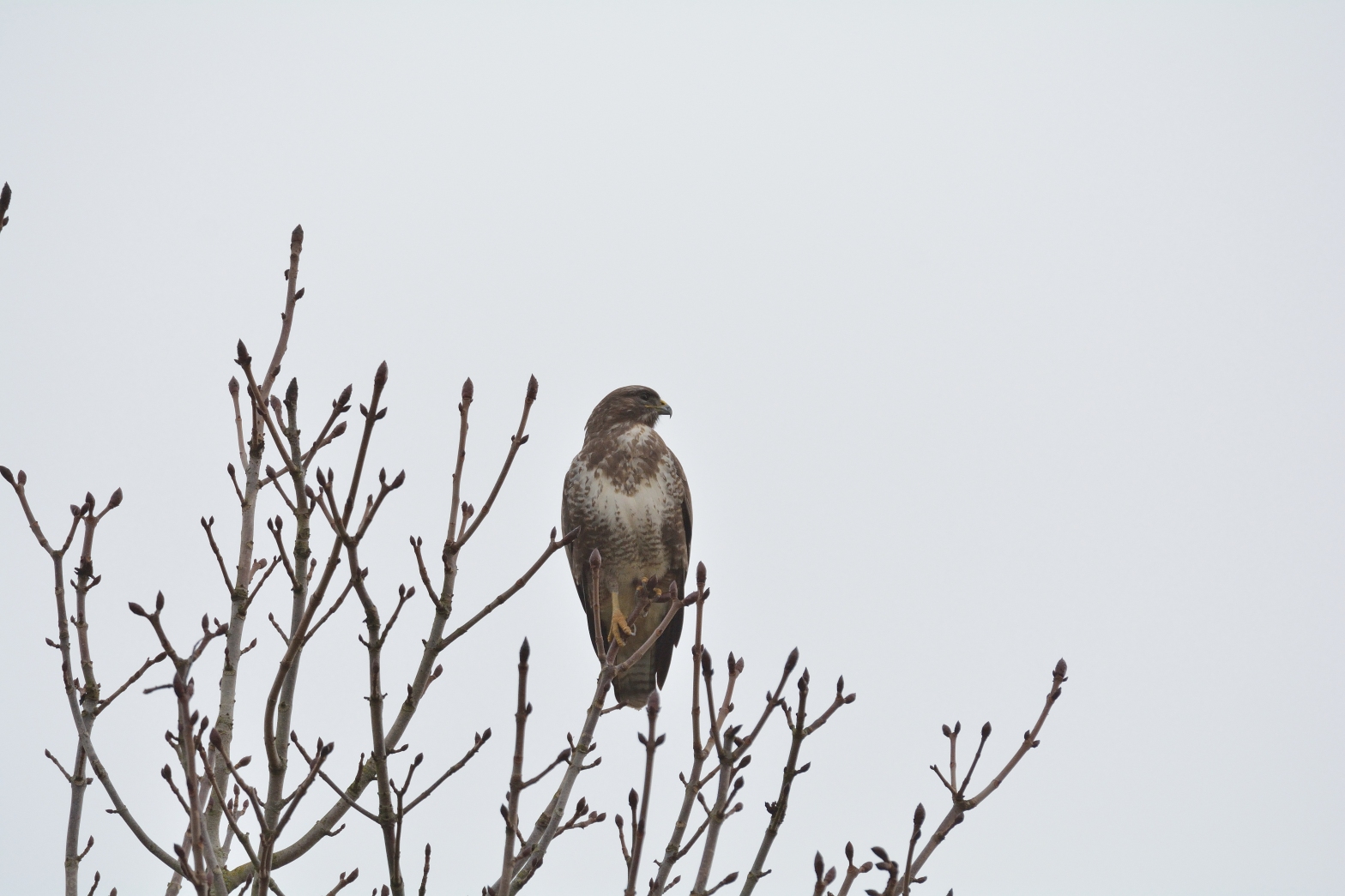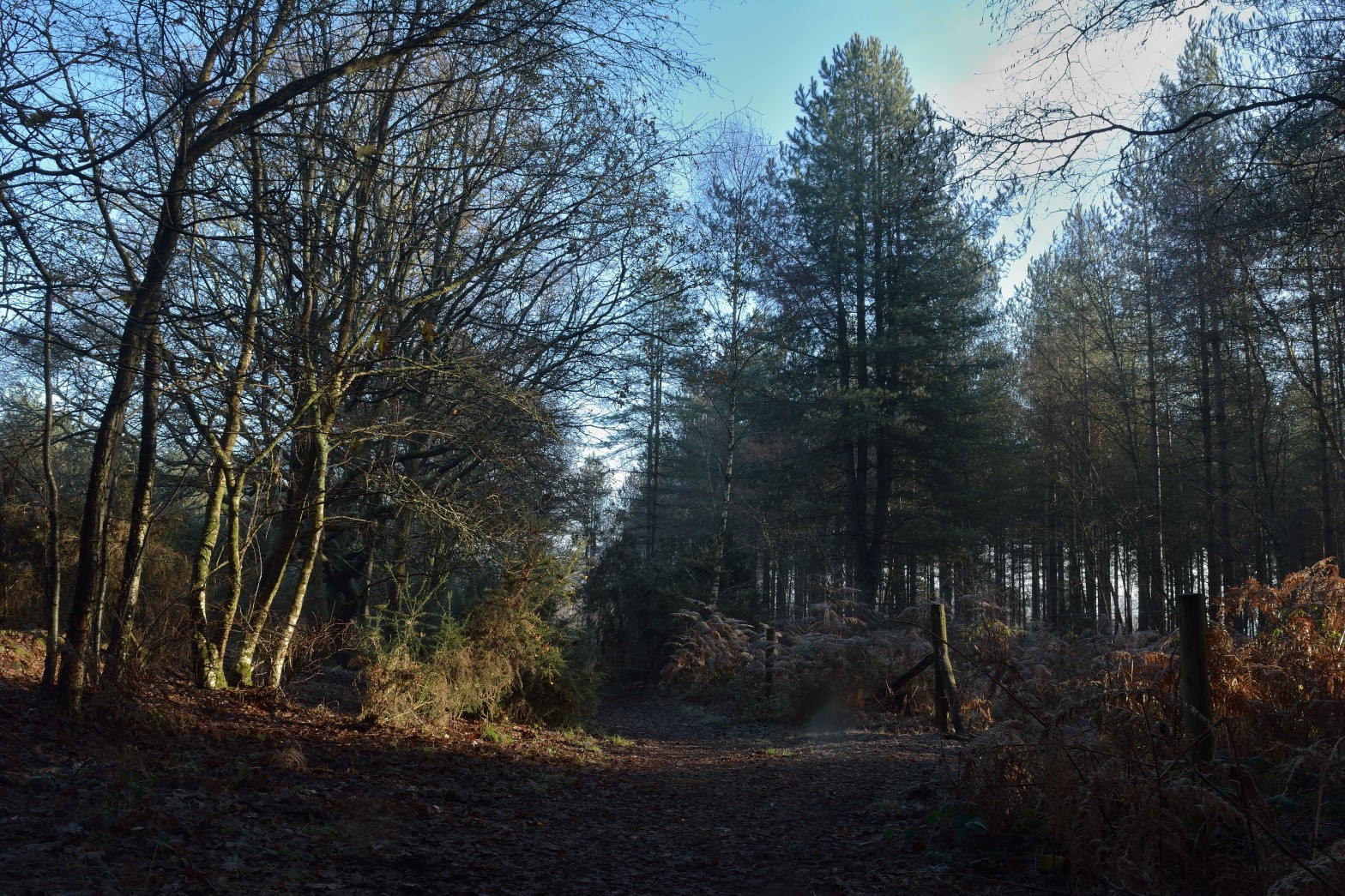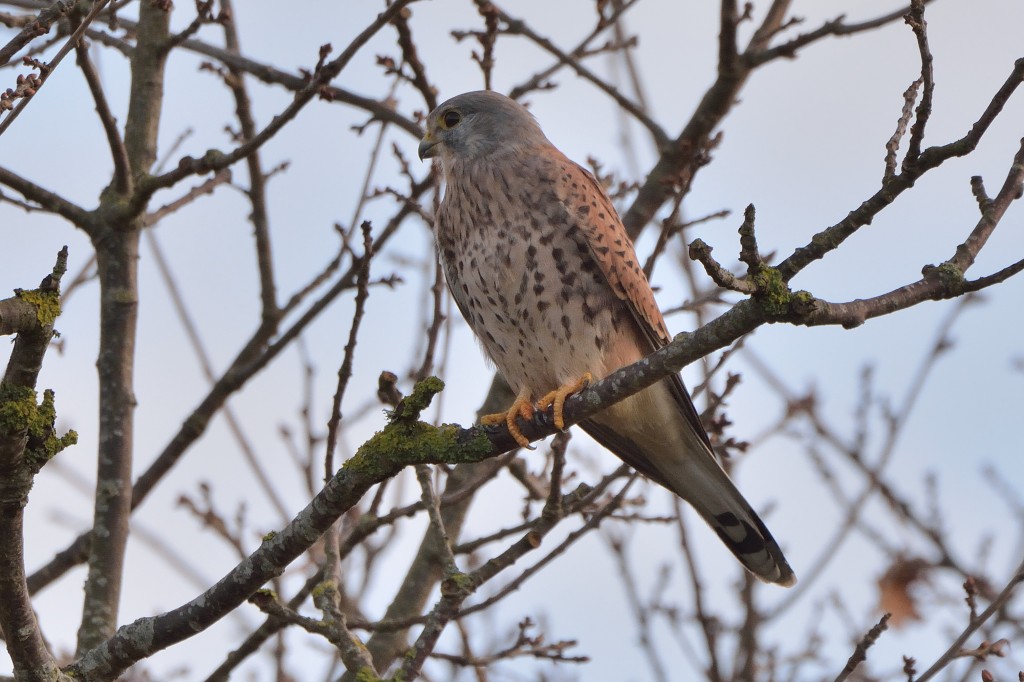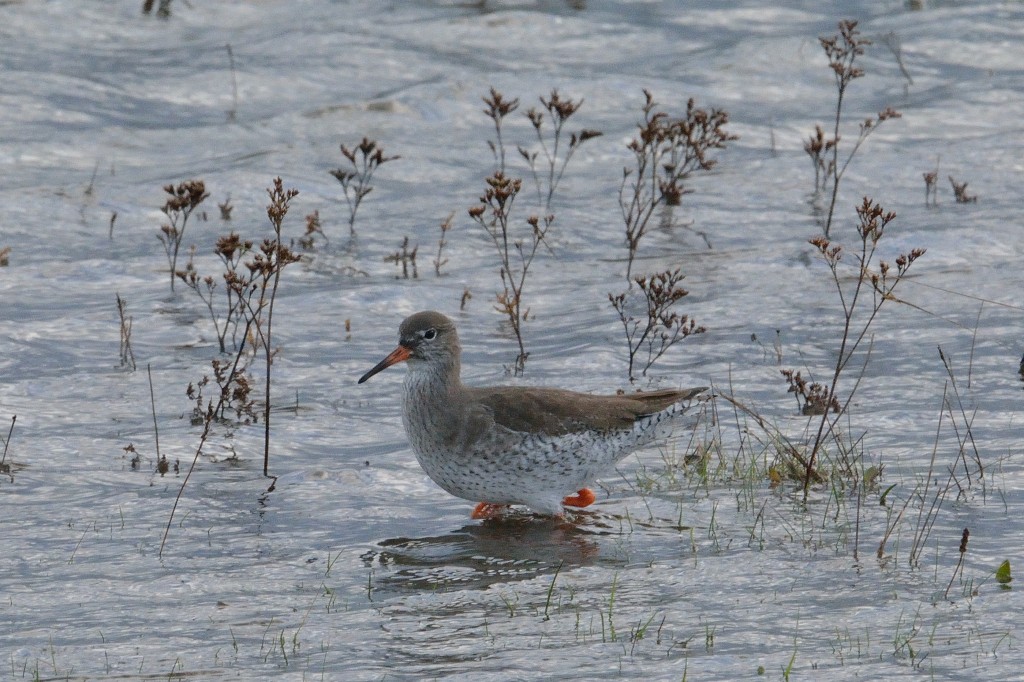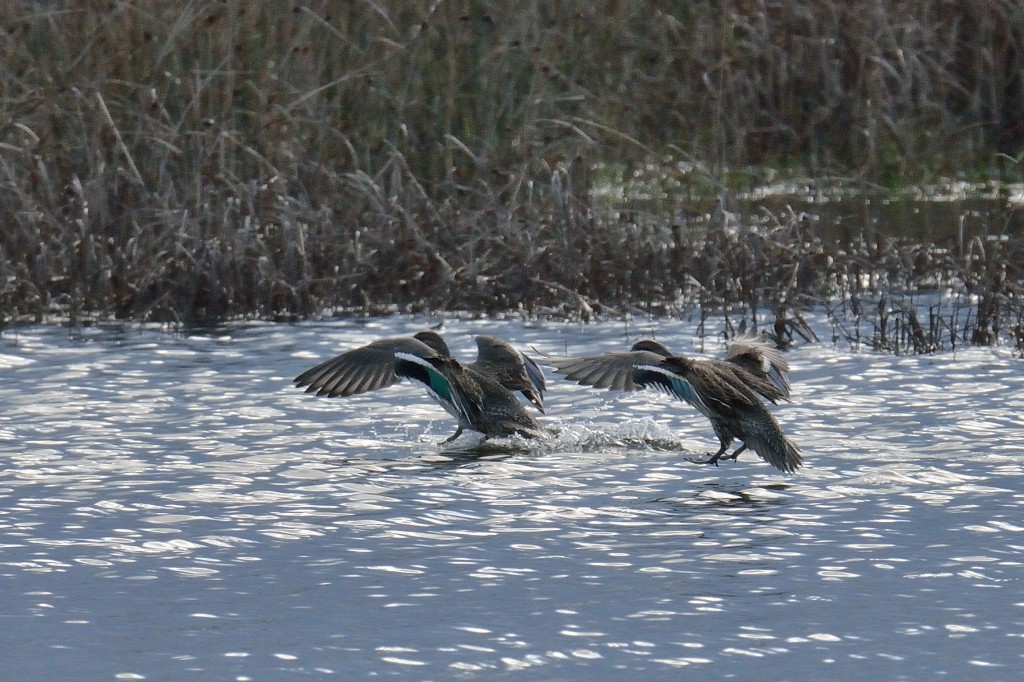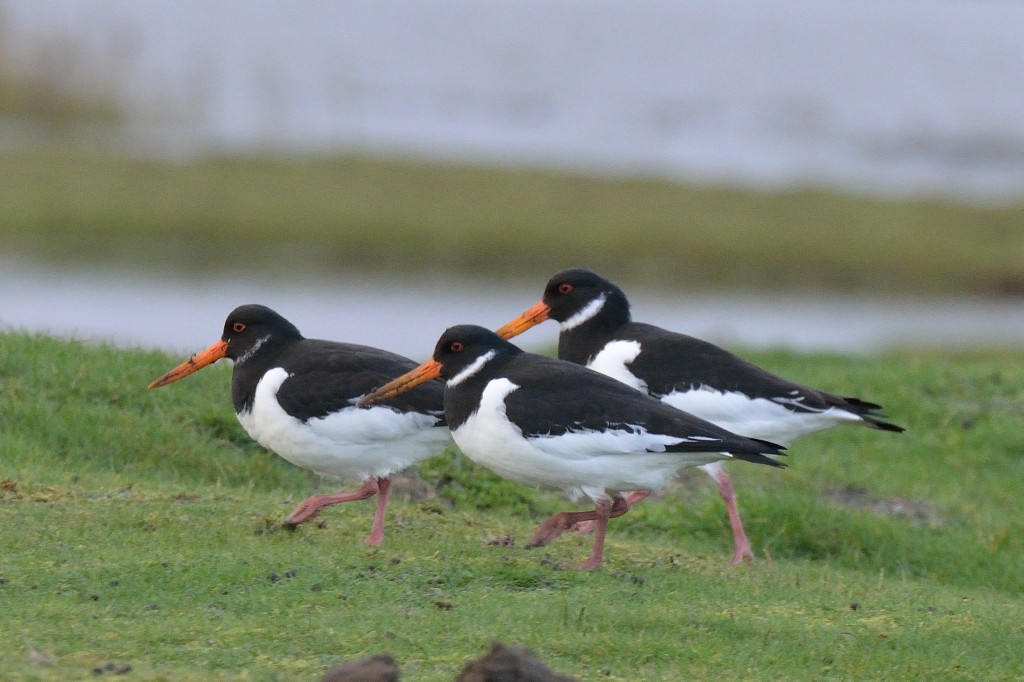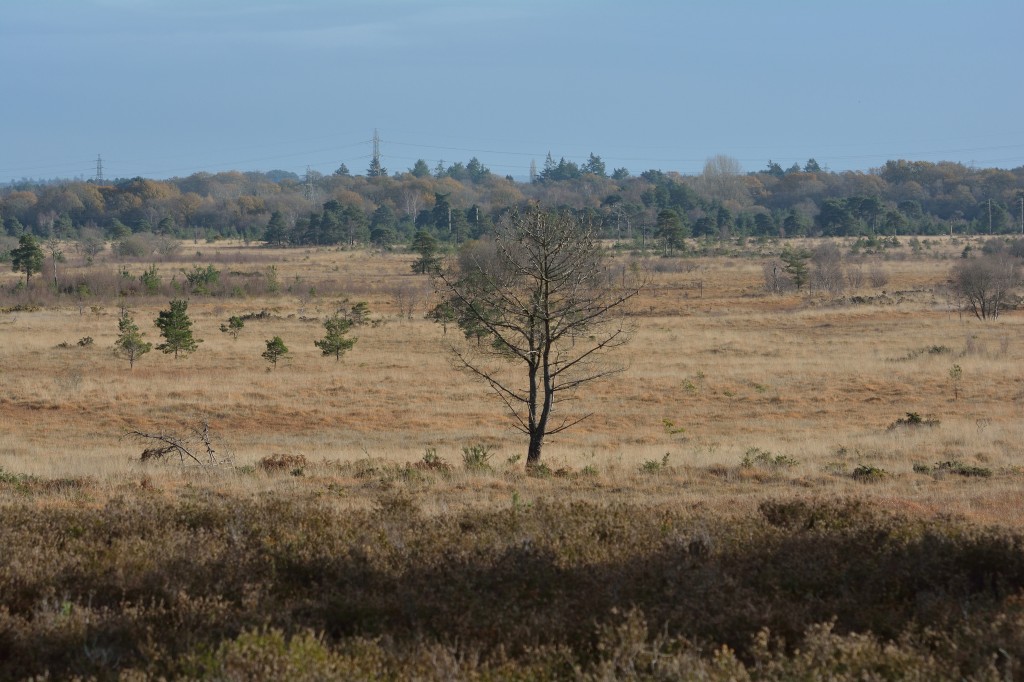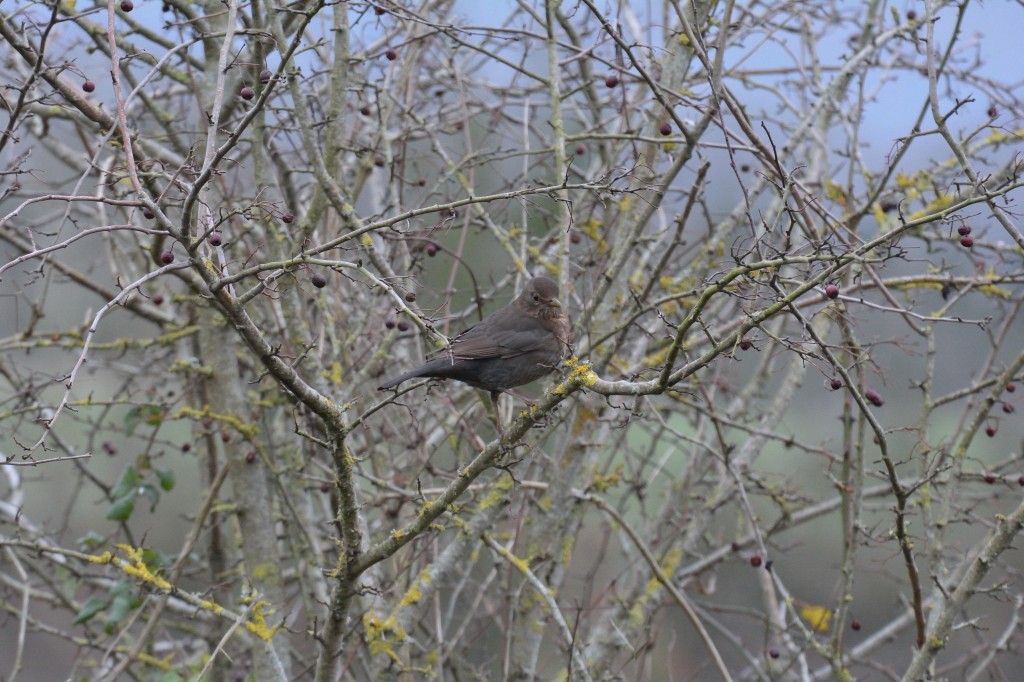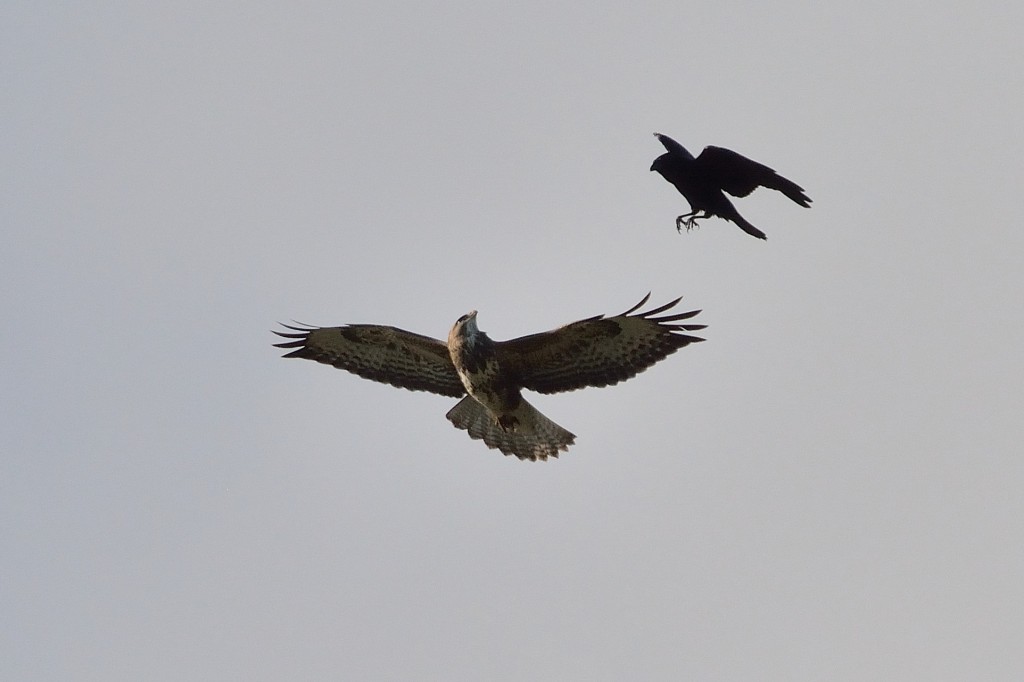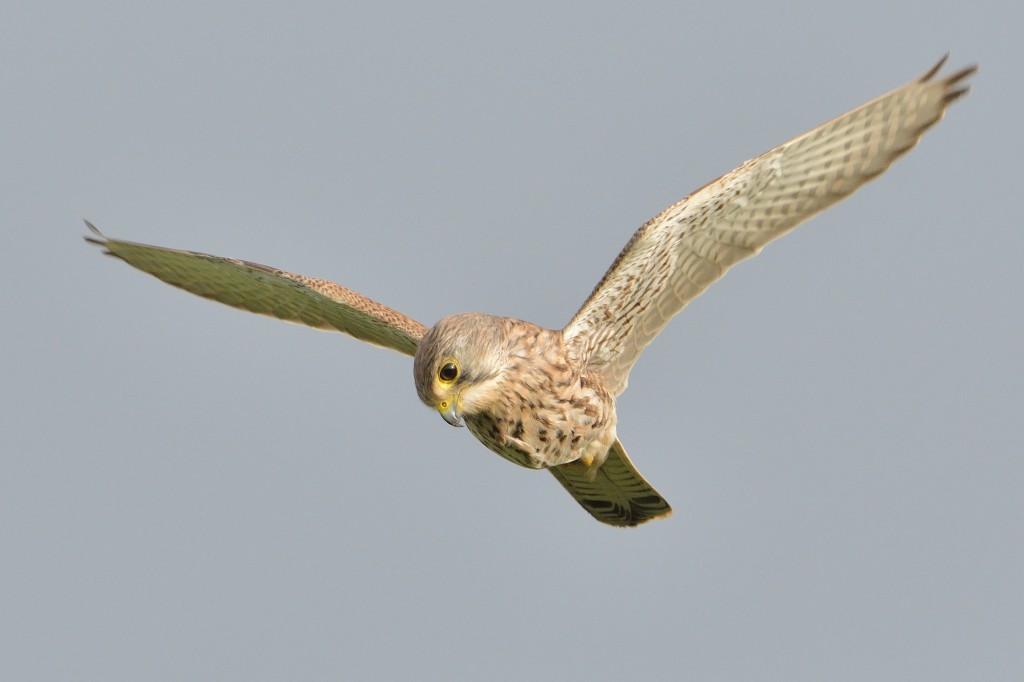
I am tired. My legs feel like lead. The training is taking a toll on my body. I did a long run yesterday evening: 9 1/2 miles. My mind is also filled with doubts. I will be competing with much younger runners. Those in my own age bracket (I was 65 last birthday) will be serious runners. The years will have weeded out other runners like me. My PB for the half marathon was set in 2010. My last half marathon was seven years ago and was significantly slower. What makes me think I can do this?
Well, its not all about me. Macmillan Cancer Support have contacted me this week. They are sending me one of their green running vests for the race. They have been encouraging. Their fundraising target for Bournemouth is £117,000 which will be used to fund 3,500 hours of specialised Macmillan nursing care; provide 4,600 people living with cancer a session of emotional support with a Macmillan buddy; run the Macmillan Support Line phone service for 10 days, dealing with approximately 2000 calls and web enquiries from people who need their support.
My own fundraising target is far more modest, but combined with others will make a significant impact on people at a very vulnerable stage of their lives.
Finally, I haven’t lost sight of the fact that this is a wildlife blog. On a walk this week I spotted a buzzard perched at the top of a leafless tree. I took a few shots from a reasonable distance before he/she launched into a leisurely paced flight.







